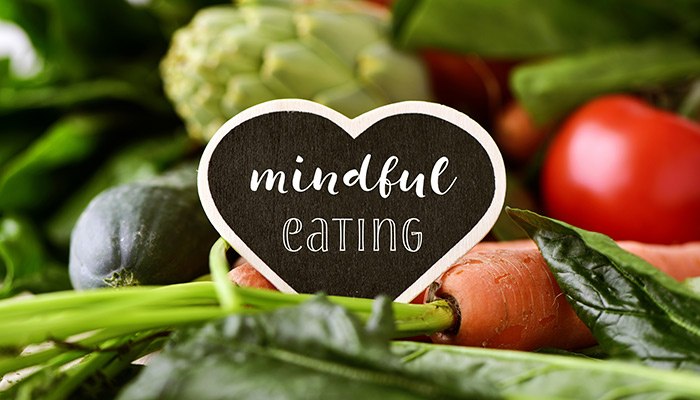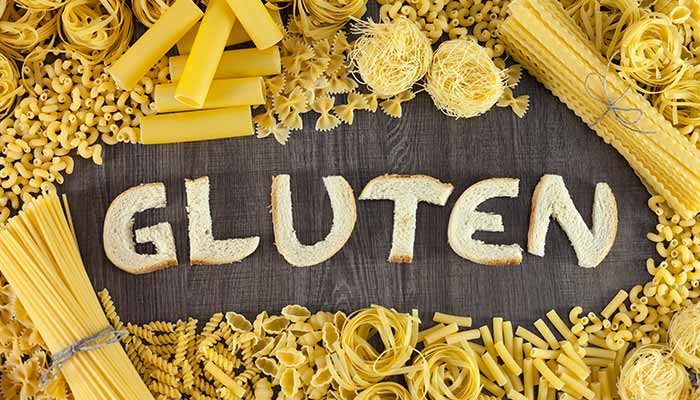It’s that time of the year again. Allergies are running rampant, and with it come all the associated sinus infections, runny eyes, and perpetual “colds.” Allergies are big business, and between all the pharmaceuticals, skin testing, and allergy shots, there is no real impetus to teach the public what is causing these allergies.
It is essential to understand allergies in their simplest form. Modern allergies to pollen, dogs, dust mites, etc., are really nothing more than the overreaction of the immune system to elements that have been in our environment since the dawn of man. Sure, if cave dwellers ran through a field of pollen (think “Sound of Music” with a loincloth), they may start sneezing to clear the excess pollen, but today’s over sensitization is extreme. “Normal” exposure to the elements causes immune system meltdowns, and people become snot factories. So what has changed to make us so susceptible to our environment, and why are our immune systems overreacting and creating allergic reactions?
Surprise, surprise, it is our gut. Yep, you heard me-it’s our gut. This is where 60-70 percent of our immune system lives and where over 90% of our daily immune response occurs.
Simply put: a healthy gut equals a healthy immune system and fewer allergies.
If the gut is not healthy and is “leaky,” this increased intestinal permeability allows the immune system to feel like it is under attack all the time. It becomes overactive and attacks everything, including pollen, dander, and mites. What contributes to a “leaky gut” and eventually an allergic over-response? Well, it’s the things that make our gut healthy or unhealthy, and there are over 100 trillion reasons in our first example.
My first question to many allergy sufferers is whether they were C-section babies, and the second is whether they were breastfed. Why is this important? Well, this determines your gut’s initial bacterial health, which is extremely important. We are hotels for bacteria. There are 100 trillion of them and only 10 trillion of us (cells of the body). They have more to do with our health and our immune system than anything in our environment. Passing through the vaginal canal is a great start in life (insert joke of choice here) because of the bacteria we “inherit” as we pass through. Then the breast milk keeps these bacteria healthy and happy, and those bacteria then modulate the immune system.
When we are products of C-sections or are formula-fed, our bacteria get off on the wrong foot, and we are much more likely to have asthma and eczema.
If a person has taken over 5 antibiotics in a lifetime, it is usually a good indicator that they have a predisposition to allergies because antibiotics kill our good bacteria and allow bad bacteria and fungus to be overgrown, which sends the wrong signal to the immune system.
A good analogy is spraying roundup on your grass and expecting more beautiful grass. Instead, what you end up with is an overgrowth of weeds after the Roundup has worn off. Same with antibiotics and your gut.
Gluten and Dairy are the two most common inflammatory foods leading to overactive immune systems and allergies.
100 percent of people have an immune response to gluten. Severity depends a lot on things we have already discussed, such as birth history, breastfeeding, and antibiotic exposure. Still, regardless of previous exposure, in every one of us, it opens gaps in the gut allowing large food particles to pass through, stimulates the immune system, and causes it to become over-reactive, resulting in allergies.
Dairy is a homogenized, pasteurized mess. The type of milk we are drinking now is not the same as in the past. The A1 protein type of milk, which is the vast majority of our milk, along with the homogenization, pasteurization process, exposes our immune system to very inflammatory proteins (Raw milk and goat’s milk are usually A2 and much more immune friendly). These new proteins, evolutionarily, are not recognized by our immune system. Our immune system feels like it is under attack. This “alert” immune system then overcompensates when exposed to other things in the environment. People with chronic sinusitis that gets worse during allergy seasons usually find relief when they give up dairy.
So what interventions that can we make now to calm our allergies? To start, make a better environment for the immune system so that it is calm. Healing the gut will accomplish this.
Probiotics are temporary bacteria that we introduce into our intestines that act as immune messengers. The type of probiotics matters as certain bacteria send different messages, so not just any probiotic will do. An even better solution is using the foundation for bacteria health like prebiotics which are polyphenols and fiber. My favorite product is Poly-prebiotic powder. This will be the foundation for increasing your good bacteria.
Glutamine is an amino acid that the small intestine needs for energy. I use 2 to 3 grams per day to help the gut heal. I combine this with aloe vera and curcumin to calm inflammation and speed healing. A gut with no holes in it is no longer leaky, and the immune system will calm down.
Finally, feed that healthy bacteria. The Mediterranean Diet is an excellent choice: whole foods with lots of fruits and (mostly) vegetables and avoid processed foods (stuff that comes in packages). Avoid gluten and dairy and eat fermented foods (miso, sauerkraut, etc.).
Dr. Nathan Morris, MD








